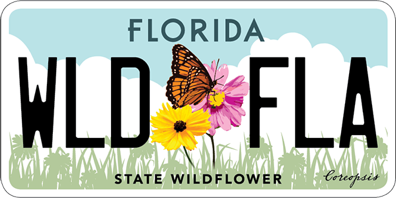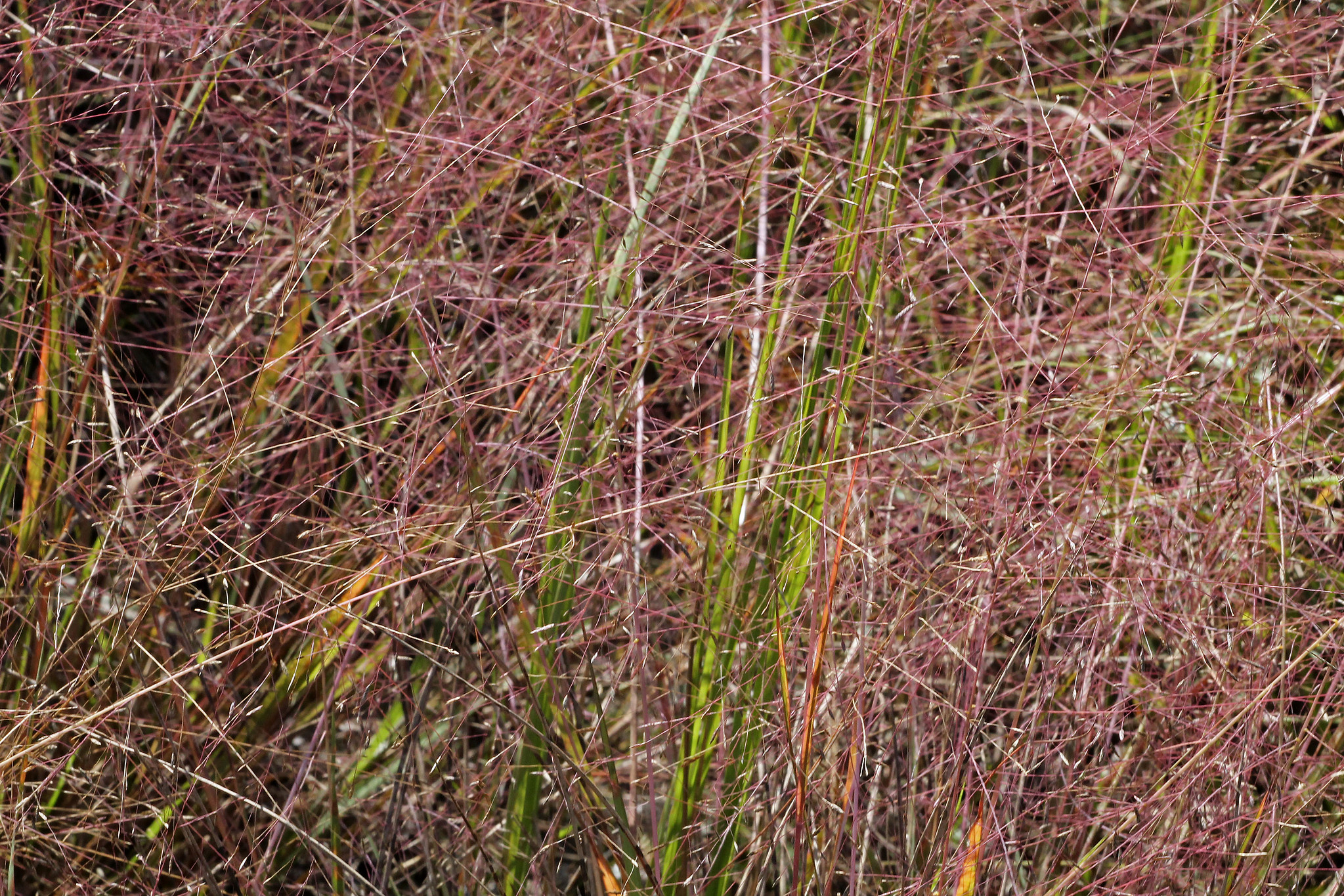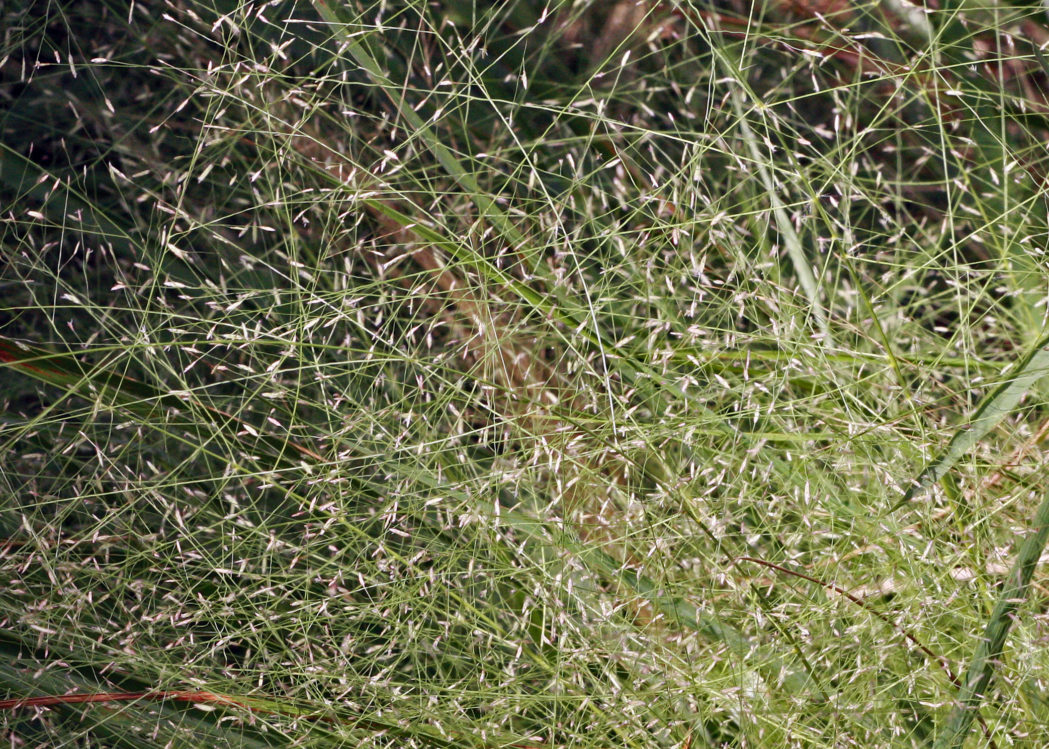Purple lovegrass
Pictured above: Purple lovegrass (Eragrostis spectabilis) by Mary Keim. Click on terms for botanical definitions. View post as a PDF.
Purple lovegrass (Eragrostis spectabilis) is a perennial bunchgrass that occurs naturally in pine flatwoods, dry woodlands and disturbed areas throughout Florida. In late summer and fall, its delicate flowers appear in such abundance that they cover the plant in a billowy purple haze. Its seeds are tiny yet prolific, providing nutritious forage for songbirds and small mammals, which use the dense foliage for cover, as well. The plant is a larval host for the Zabulon skipper (Poanes zabulon).
Purple lovegrass flowers are small, bright purple to pink and born in wispy panicles. Leaves are long, linear, erect and dull green with hairs on both sides, making them rough. Its fruits are dry, one-seeded caryopses, typical of grasses. Seeds may be dispersed by wind, gravity or on the fur of passing animals.
The genus name of Eragrostis comes from the Greek ἔρως (eros), or “love,” and ἄγρωστις (agrostis), meaning “grass” (hence the common name). The species epithet spectabilis is Latin for showy or spectacular and refers to the plant’s vibrant display when in flower.
Family: Poaceae (Grass family)
Native range: Throughout Florida
To see where natural populations of Purple lovegrass have been vouchered, visit florida.plantatlas.usf.edu.
Lifespan: Perennial
Soil: Moist to dry, well-drained sandy soils
Exposure: Full sun
Growth habit: 1–2’ tall, equally broad
Propagation: Seed, division
Florida regions of landscape suitability: North, Central, South
Garden tips: Purple lovegrass can tolerate a variety of conditions. It does well in nutrient-poor soils and is drought-tolerant. Its clump-forming habit makes it a great choice for mass or border plantings, as well as in a mixed wildflower meadow. The plant is winter dormant.
Purple lovegrass is available from nurseries that specialize in Florida native plants. Visit www.PlantRealFlorida.org to find a nursery in your area. Seeds may be available from the Florida Wildflower Growers Cooperative at www.FloridaWildflowers.com
Learn more about Purple lovegrass from the Florida Native Plant Society and the Institute for Regional Conservation.
For information on other Eragrostis species, see these resources:



